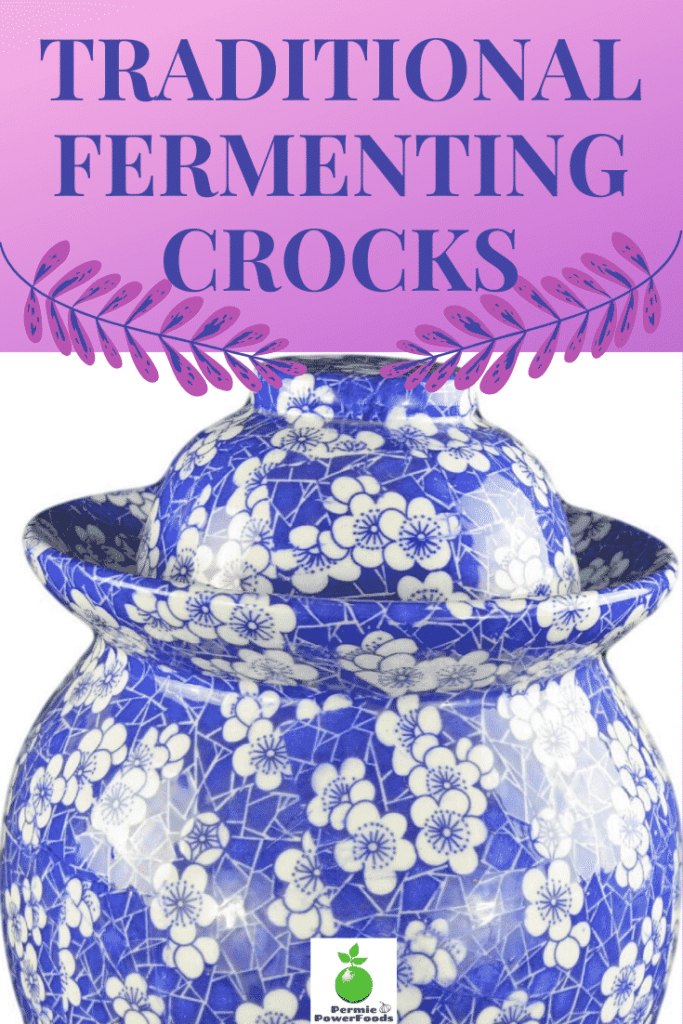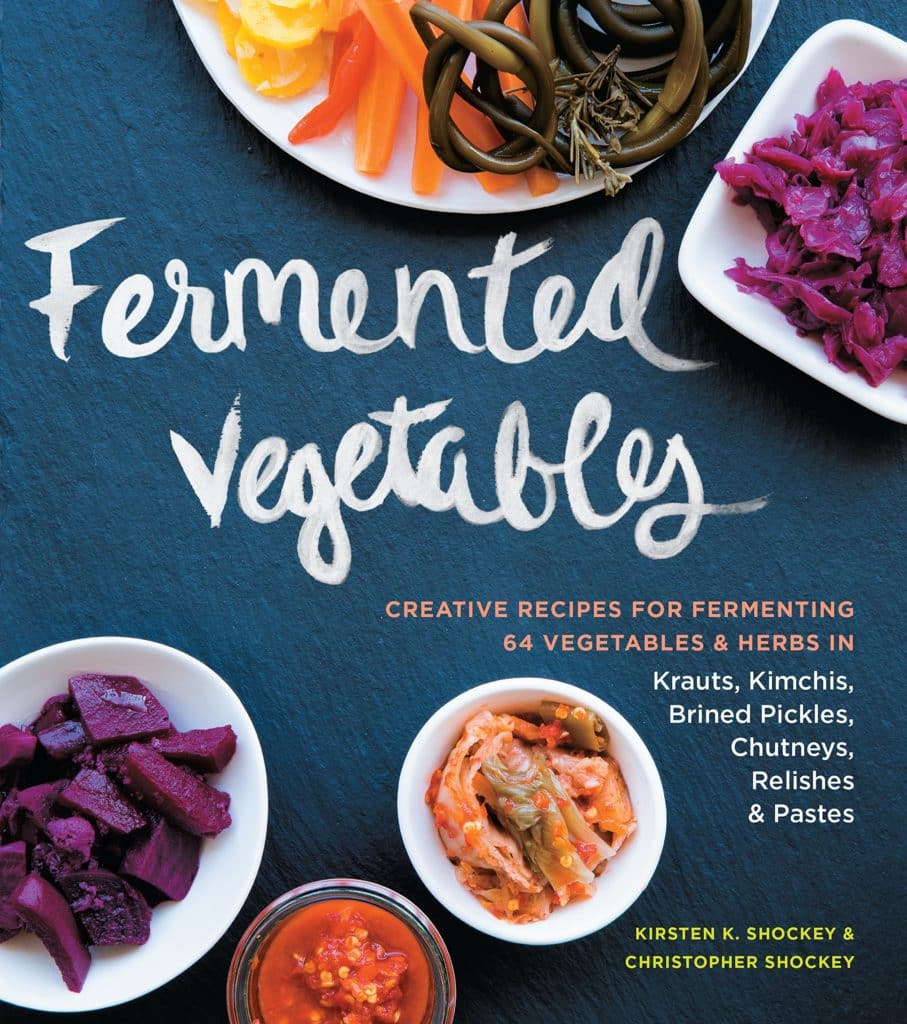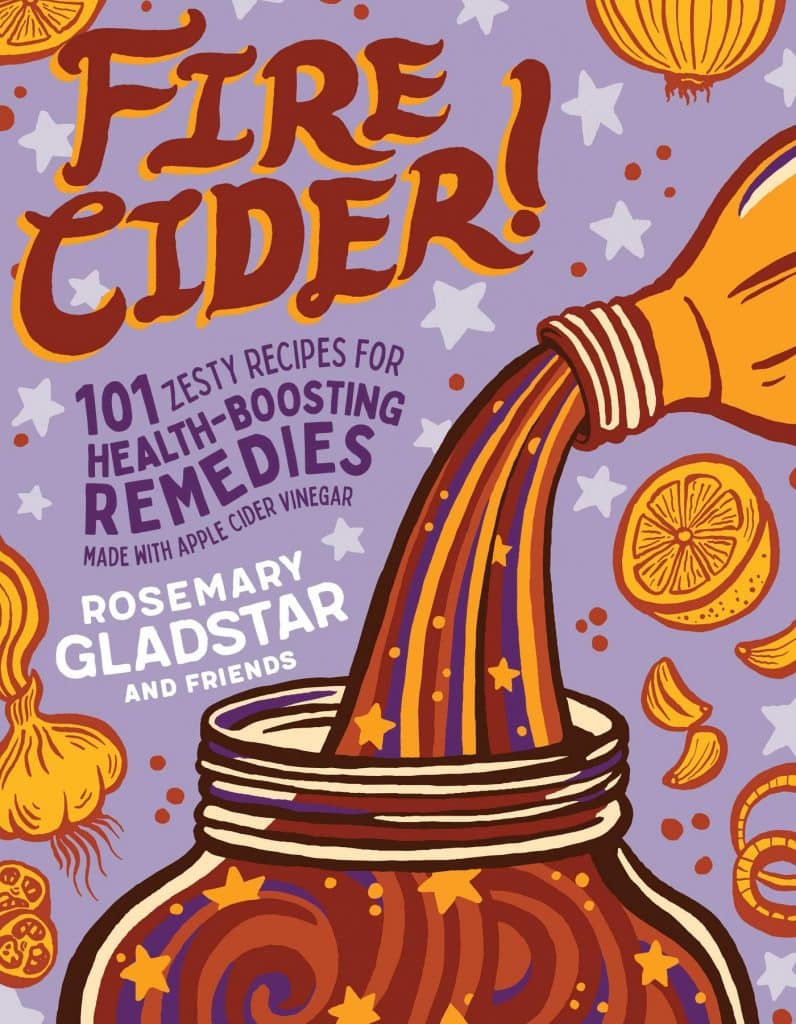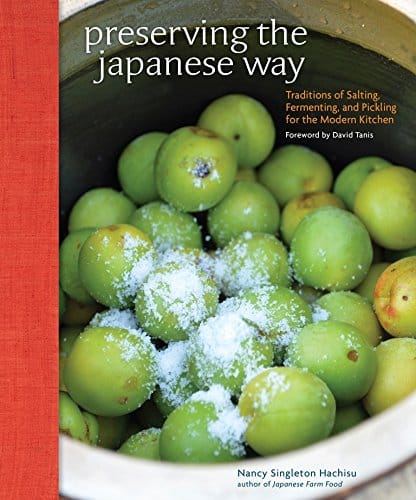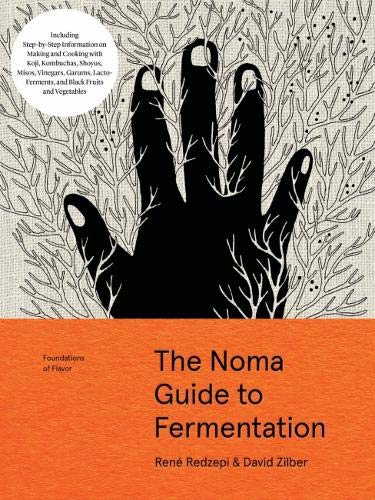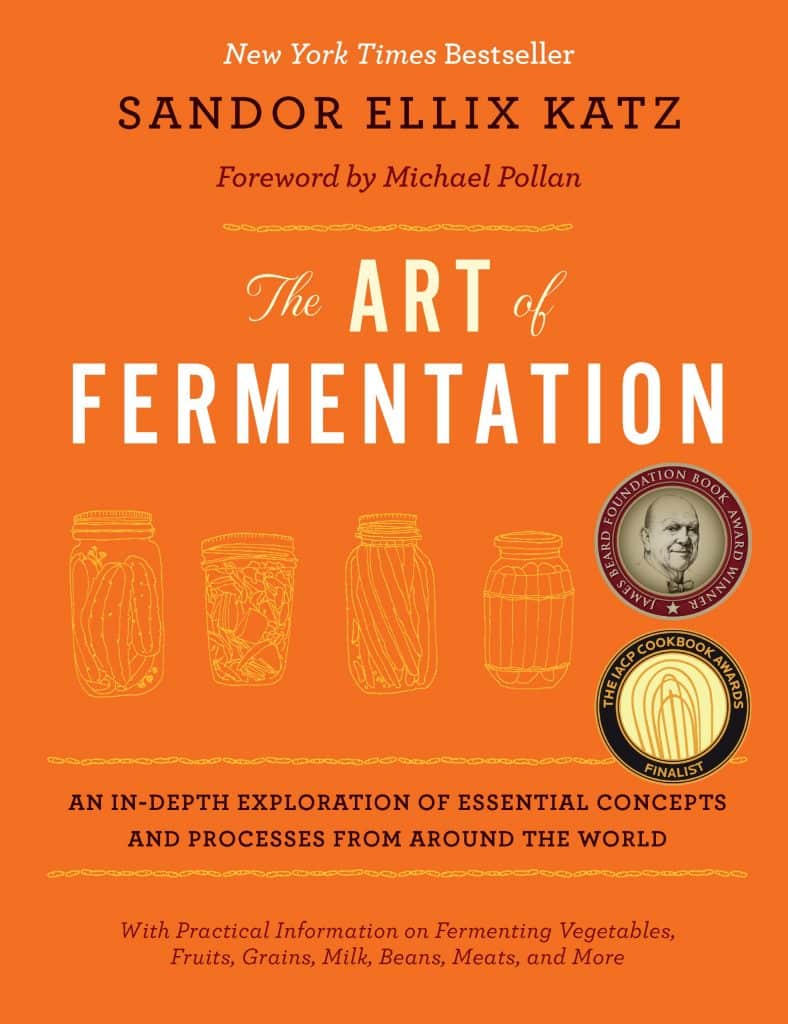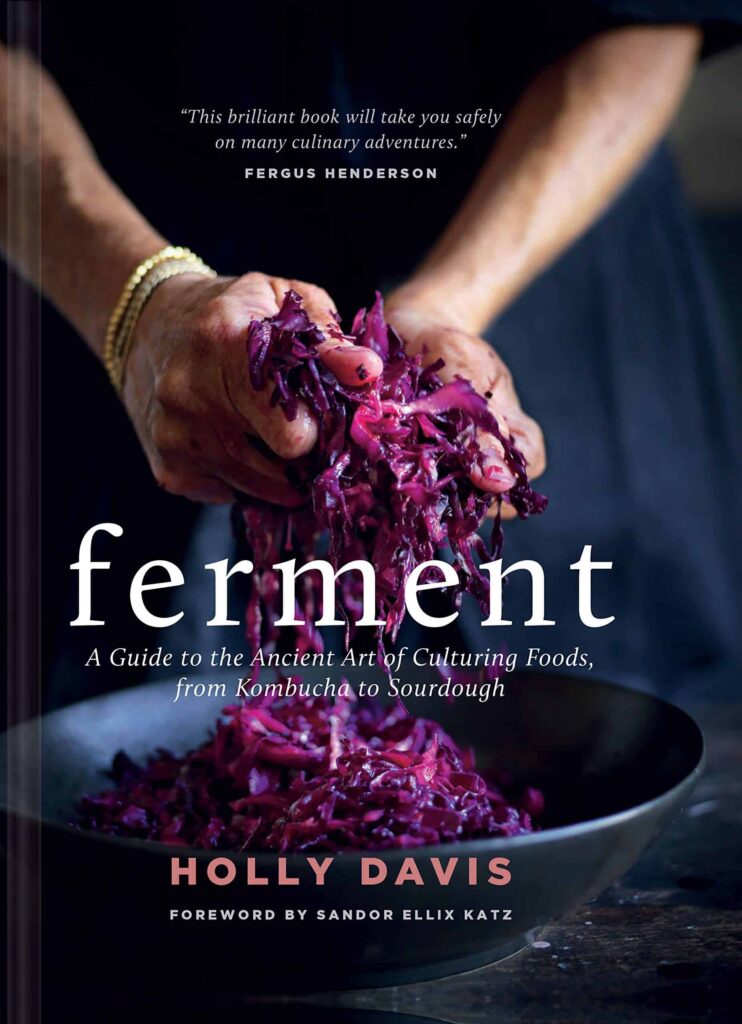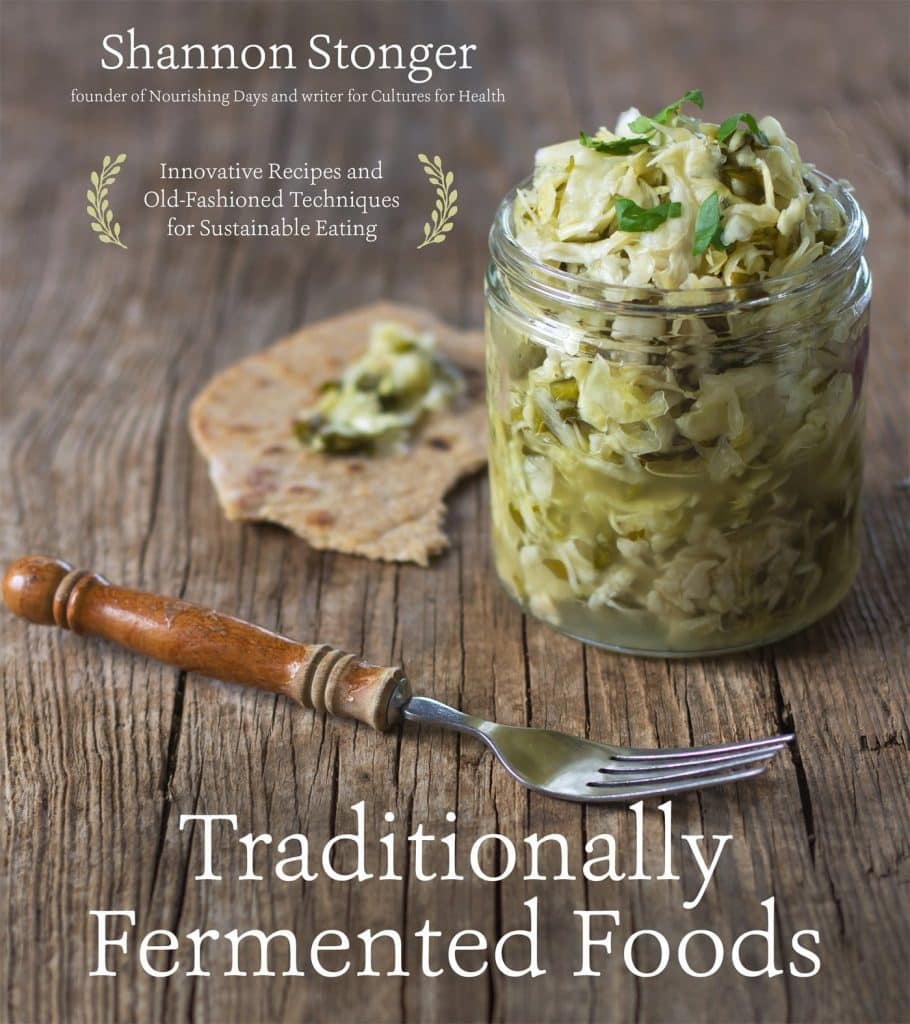These recipe books contain all of the information you need to make your own probiotics at home.
Fall in love with fermenting.
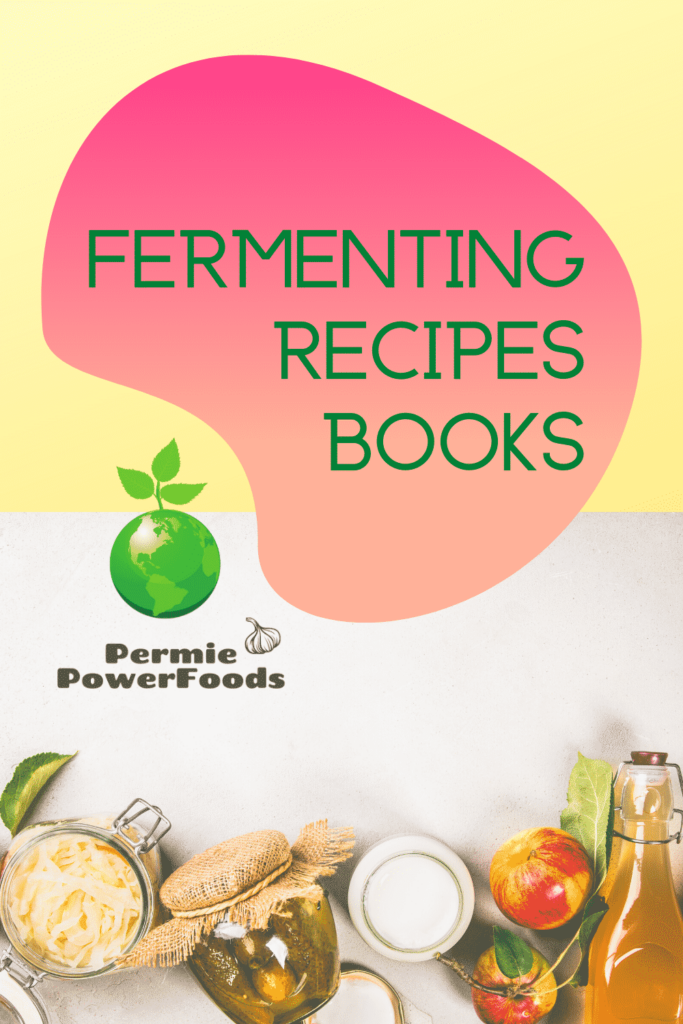
Fermenting foods is easy, fun, and good for you.
Once you begin fermenting your own foods at home, you will want to explore with different ingredients.
There are many fermented foods you come across every day.
Here are a few foods that you already love and maybe, didn’t know are fermented.

Make your own Probiotics at Home
There are many ferments all around you. Beer, Cheese, Cocoa, Kefir, Kimchi, Kombucha, Kvass, Miso, Pickles, Sauerkraut, Sour Cream, Soy Sauce, Tabasco, Tempe, Vinegar, Wine, Worcestershire, and Yogurt. Why not make your own? Learn best from the experts, with these top fermentation recipe books.
What is Fermentation?
There are many definitions of fermentation. Some are informal and some more scientific.
- Preservation methods for food via microorganisms
- Any process that produces alcoholic beverages or acidic dairy products
- Large-scale microbial process occurring with or without air
- Any energy-releasing metabolic process that takes place only under anaerobic conditions
- A metabolic process that releases energy from a sugar or other organic molecule, does not require oxygen or an electron transport system
Fermenting Crocks Used Around the World
to Make Kimchi, Sauerkraut and other Ferments
Need a fermenting recipe right now?
Sauerkraut Recipe
Fermented Pineapple Recipe
Kimchi Recipe
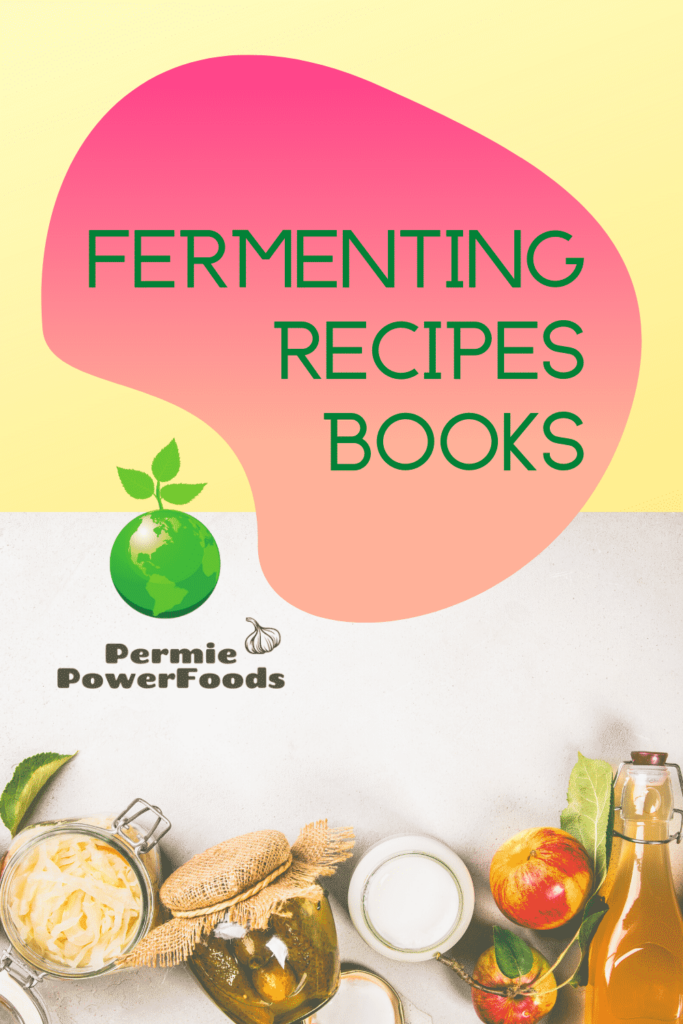
The Best Fermenting Recipe Books
Fermented Vegetables: Creative Recipes for Fermenting 64 Vegetables & Herbs in Krauts, Kimchis, Brined Pickles, Chutneys, Relishes & Pastes
This easy-to-follow comprehensive guide presents more than 120 recipes for fermenting 64 different vegetables and herbs. Learn the basics of making kimchi, sauerkraut, and pickles, and then refine your technique as you expand your repertoire to include curried golden beets, pickled green coriander, and carrot kraut.
The Farmhouse Culture Guide to Fermenting
The Farmhouse Culture Guide to Fermenting provides you with the history, health information, and safest methods for preserving, along with 100 recipes for krauts, pickles, kimchi, fermented vegetables, hot sauces, preserved fruits and jams, kombucha, and even mead.
Have fun making Probiotics at home
The Complete Idiot’s Guide to Fermenting Foods: Make Your Own Delicious, Cultured Foods Safely and Easily
• Includes over 100 delicious recipes for all types of fermentations
Fire Cider!
For more than 30 years, best-selling author and popular herbalist Rosemary Gladstar has been touting the health benefits of fire cider — a spicy blend of apple cider vinegar, onion, ginger, horseradish, garlic, and other immune-boosting herbs.

In addition, Her original recipe, inspired by traditional cider vinegar remedies, has given rise to dozens of fire cider formulations. Formulas created by fans of the tonic who use it to address everyday ills, from colds and flu to leg cramps and hangovers.
Preserving the Japanese Way. This book, nominated for a 2016 James Beard Award in the International Cookbook category, introduces Japanese methods. Methods of salting, pickling, and fermenting that are approachable and easy to integrate.
Fermenting Food Step by Step shows you how to master the fermenting process with more than 80 step-by-step recipes – plus you’ll learn about the history and processes of fermentation throughout.
Make your own probiotics at home like great great grandma did
Miso, Tempeh, Natto & Other Tasty Ferments: A Step-by-Step Guide to Fermenting Grains and Beans
Best-selling fermentation authors Kirsten and Christopher Shockey explore a whole new realm of probiotic superfoods with Miso, Tempeh, Natto & Other Tasty Ferments. This in-depth handbook offers accessible, step-by-step techniques for fermenting beans and grains in the home kitchen.
The Noma Guide to Fermentation
Named one of the Best Cookbooks of the Year by the Chicago Tribune, New York Times, Boston Globe, San Francisco Chronicle
New York Times Bestseller
At Noma—four times named the world’s best restaurant—every dish includes some form of fermentation, whether it’s a bright hit of vinegar, a deeply savory miso, an electrifying drop of garum, or the sweet intensity of black garlic. Fermentation is one of the foundations behind Noma’s extraordinary flavor profiles.
Now René Redzepi, chef and co-owner of Noma, and David Zilber, the chef who runs the restaurant’s acclaimed fermentation lab. They share never-before-revealed techniques to creating Noma’s extensive pantry of ferments.
Whether you are completely new to fermenting at home or very experienced, we hope you find some inspiration to continue your fermenting adventure!
Sandor Katz Book

Sandor Katz presents the concepts and processes behind fermentation in ways that are simple enough to guide a reader through their first experience making sauerkraut or yogurt. An in-depth enough to provide greater understanding and insight for experienced practitioners.
The Art of Fermentation: An In-Depth Exploration of Essential Concepts and Processes from around the World
Winner of the 2013 James Beard Foundation Book Award for Reference and Scholarship. New York Times bestseller, The Art of Fermentation is the most comprehensive guide to do-it-yourself home fermentation ever published.
Ferment: A Guide to the Ancient Art of Culturing Foods, from Kombucha to Sourdough
A gorgeous and inspiring resource on fermenting for cooks of all skill levels
Uniquely, 120+ recipes for familiar and lesser-known cultured foods. Celebrated the world over for their health benefits and dynamic flavors. Cultured and fermented foods are seeing and revival and are becoming everyday meal mainstays.
Traditionally Fermented Foods: Innovative Recipes and Old-Fashioned Techniques for Sustainable Eating
Additionally, In Traditionally Fermented Foods, Shannon shows readers how to preserve food using traditional fermentation techniques. An alternative to canning and freezing, traditionally fermented foods do not require modern technology to preserve.




